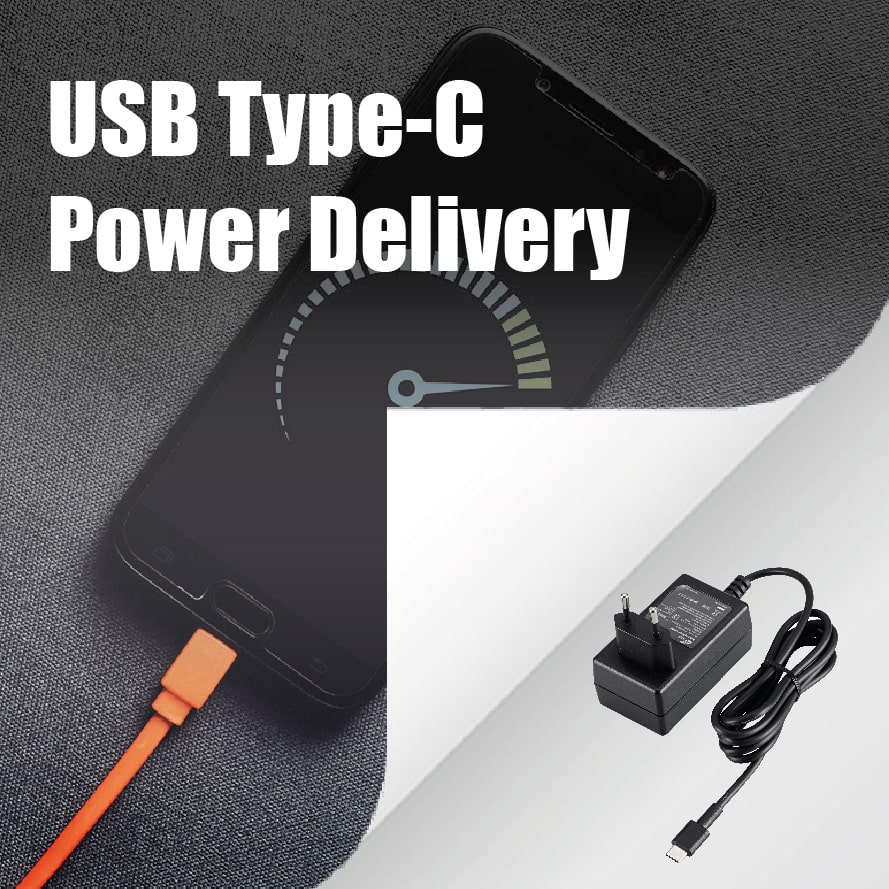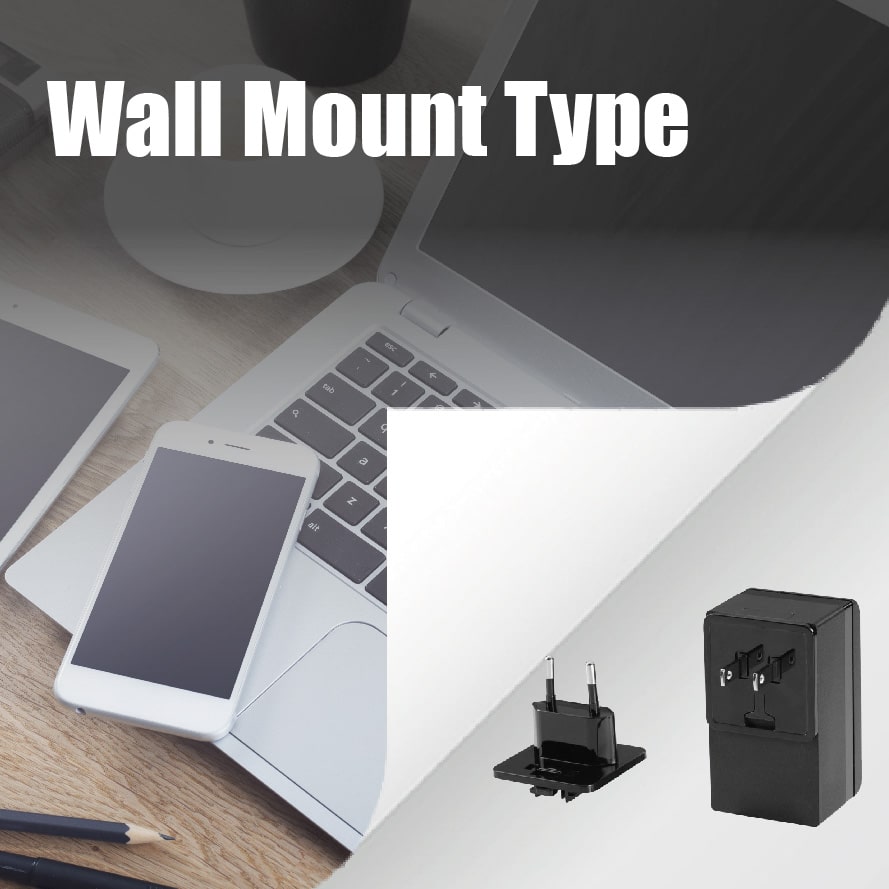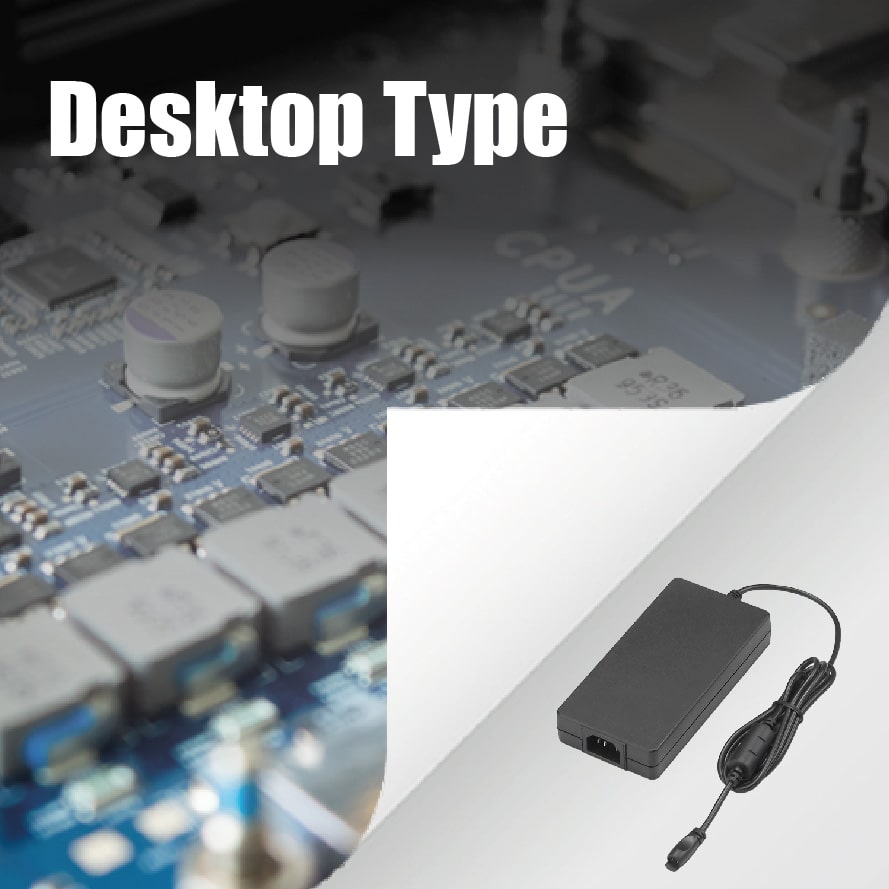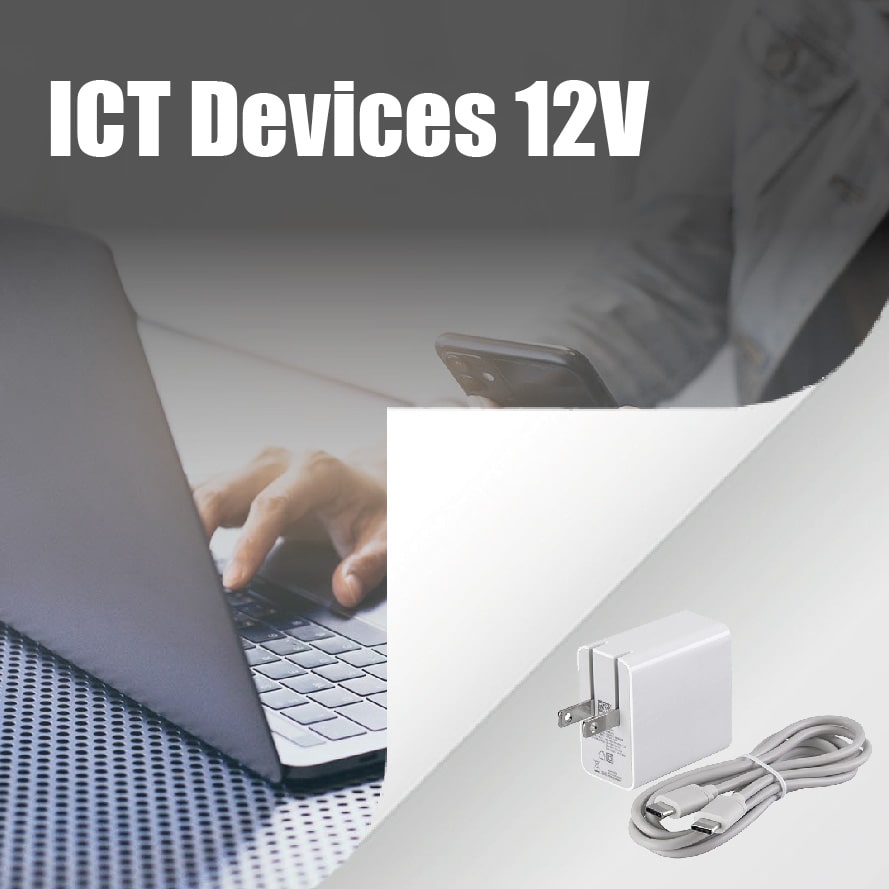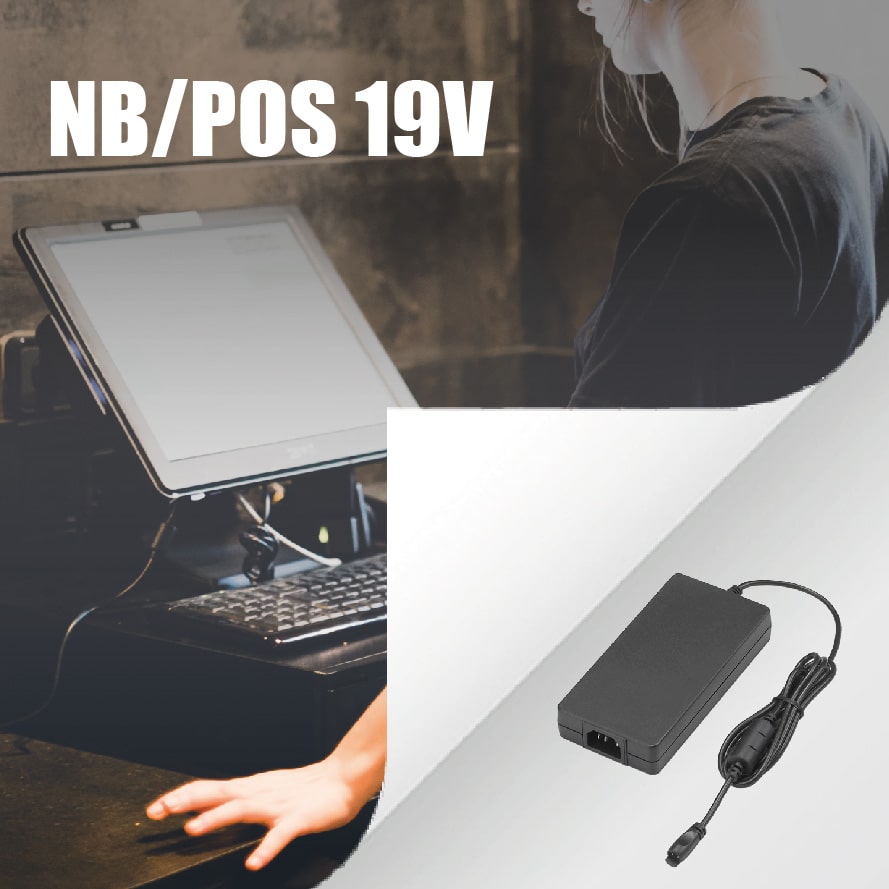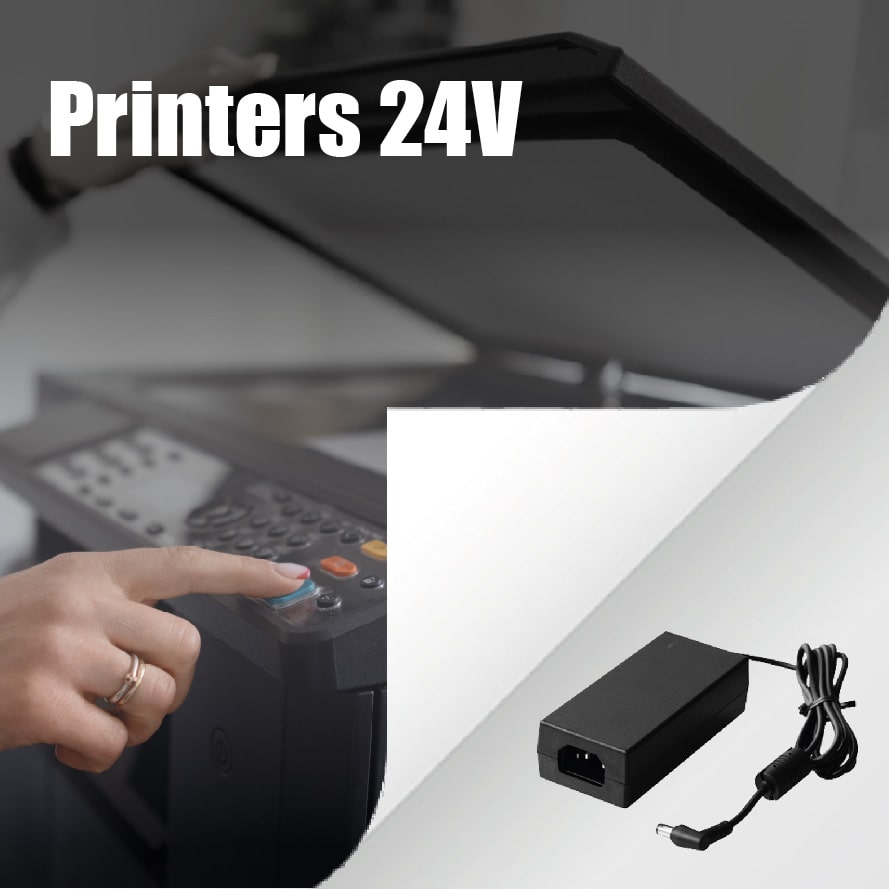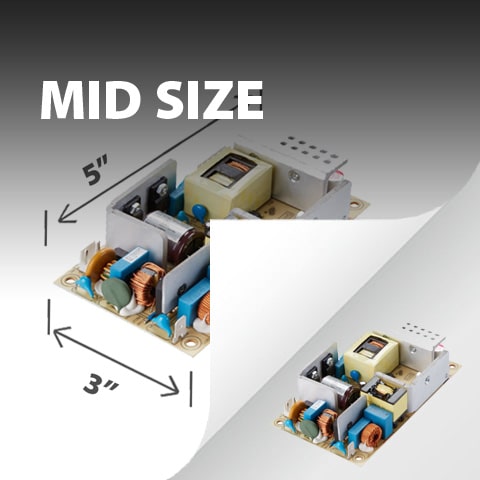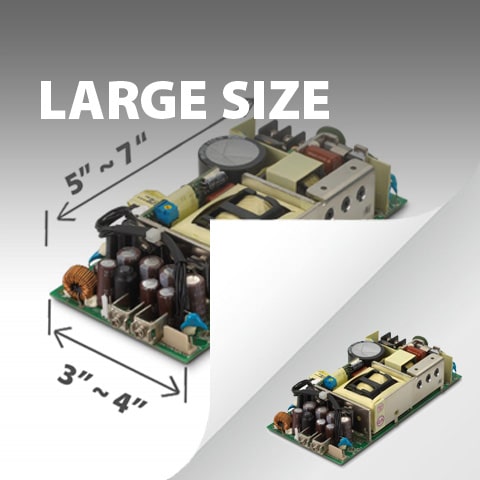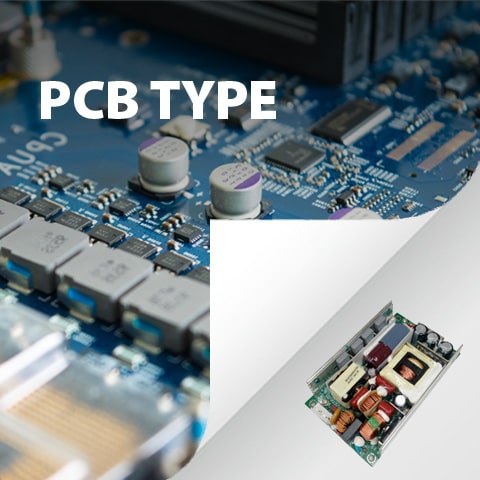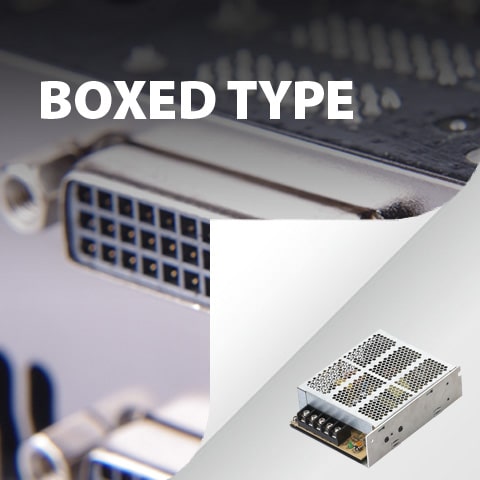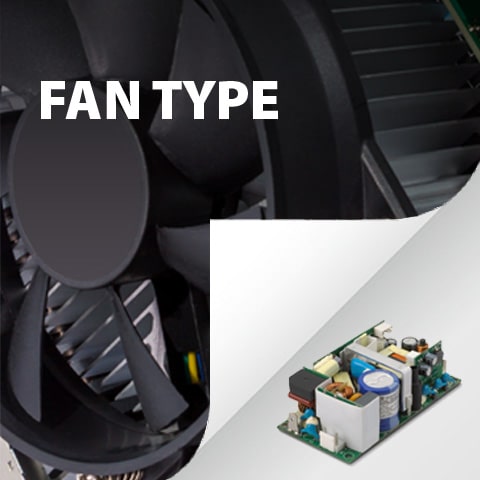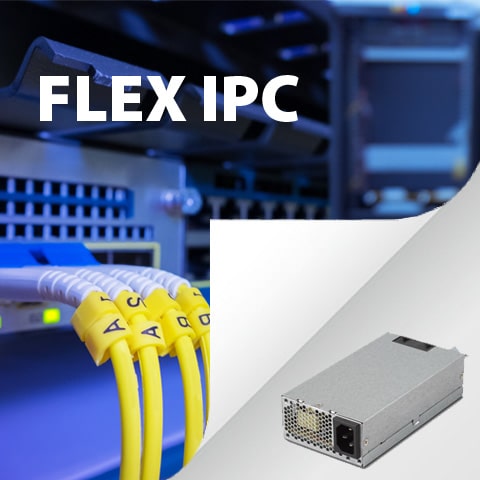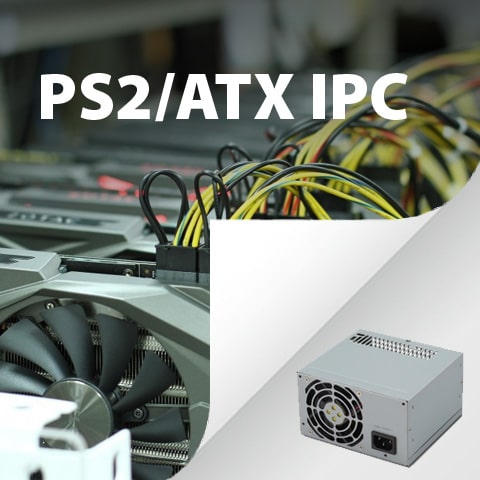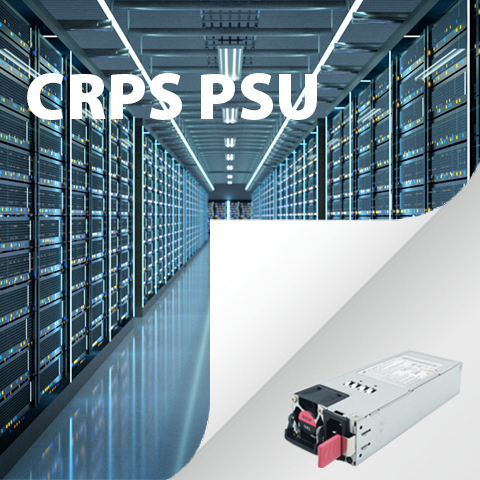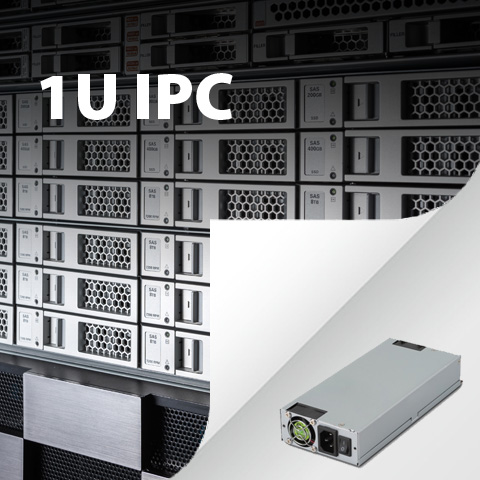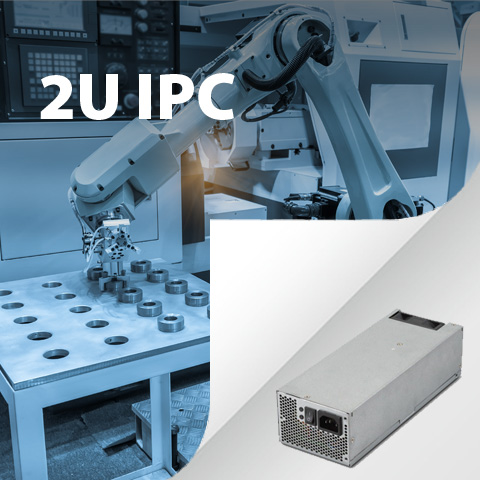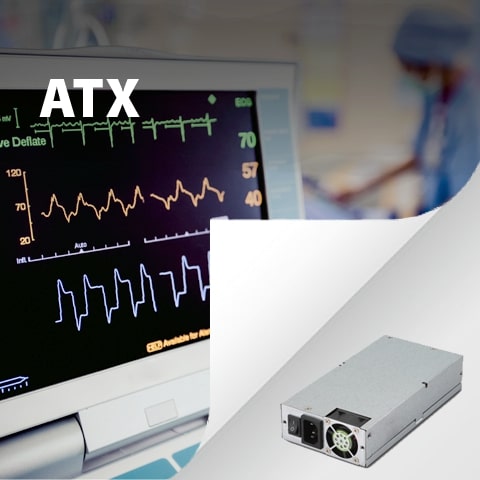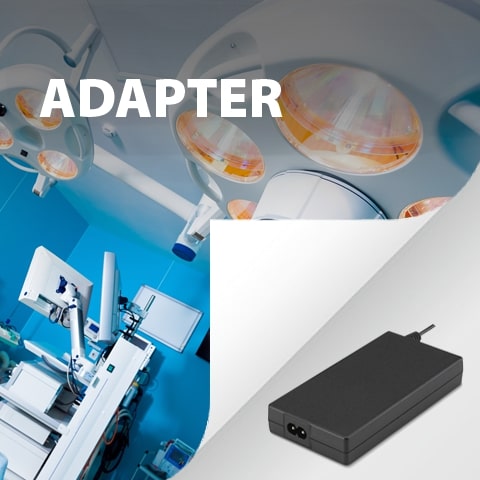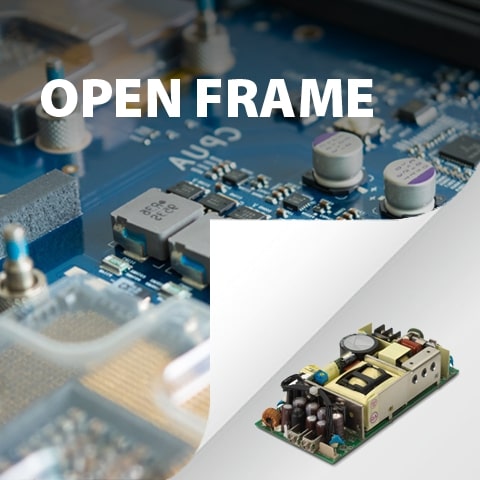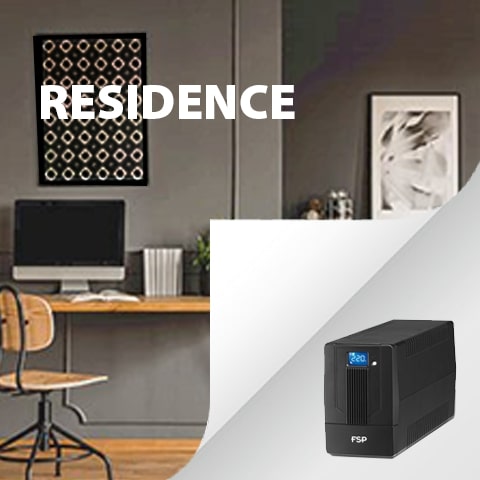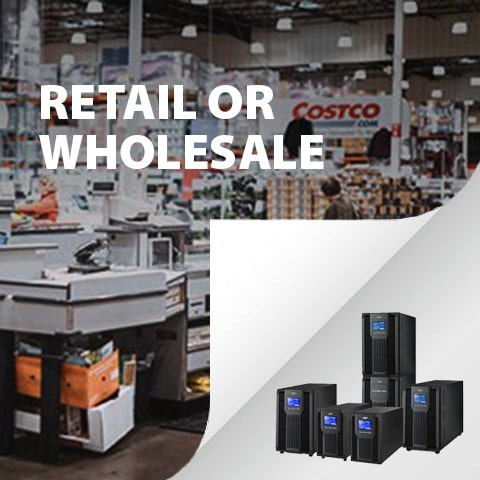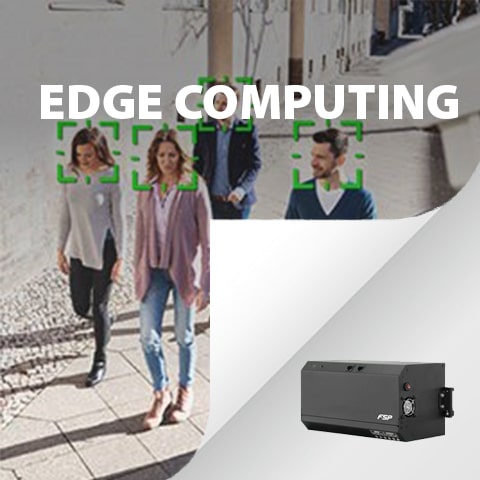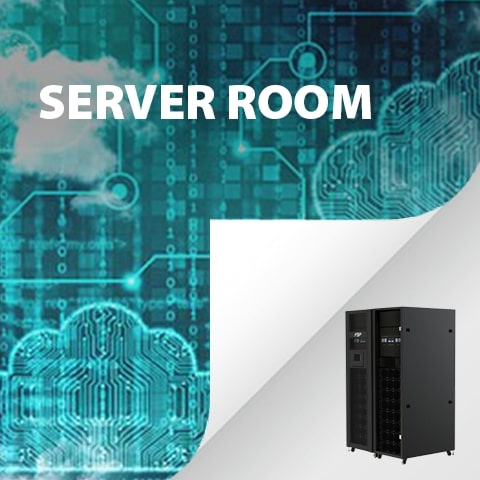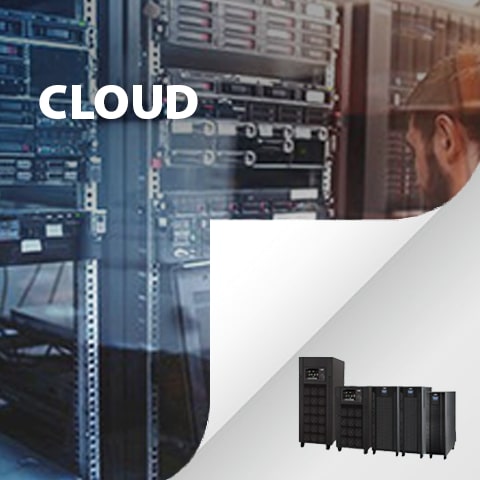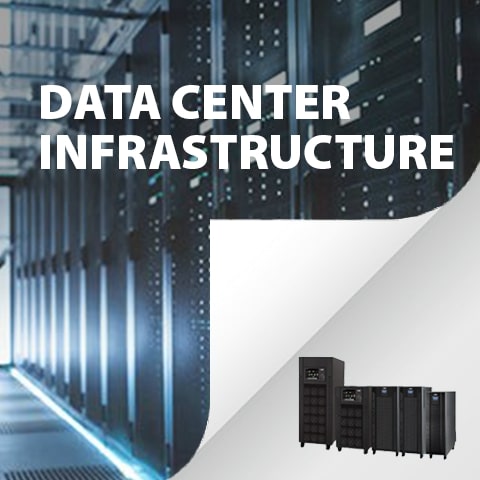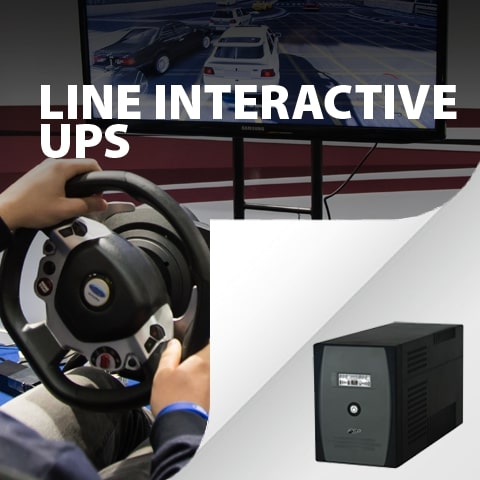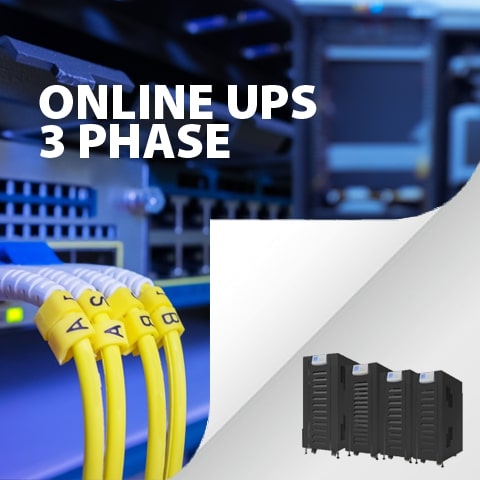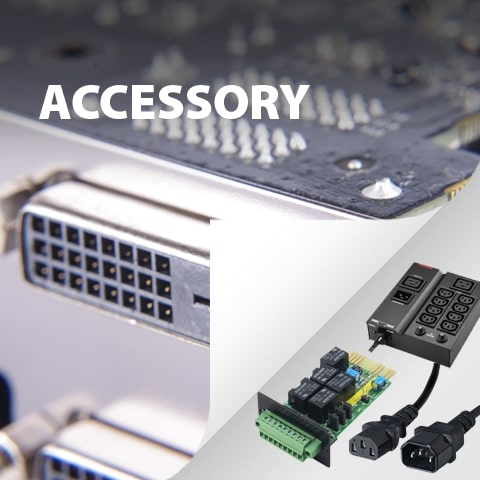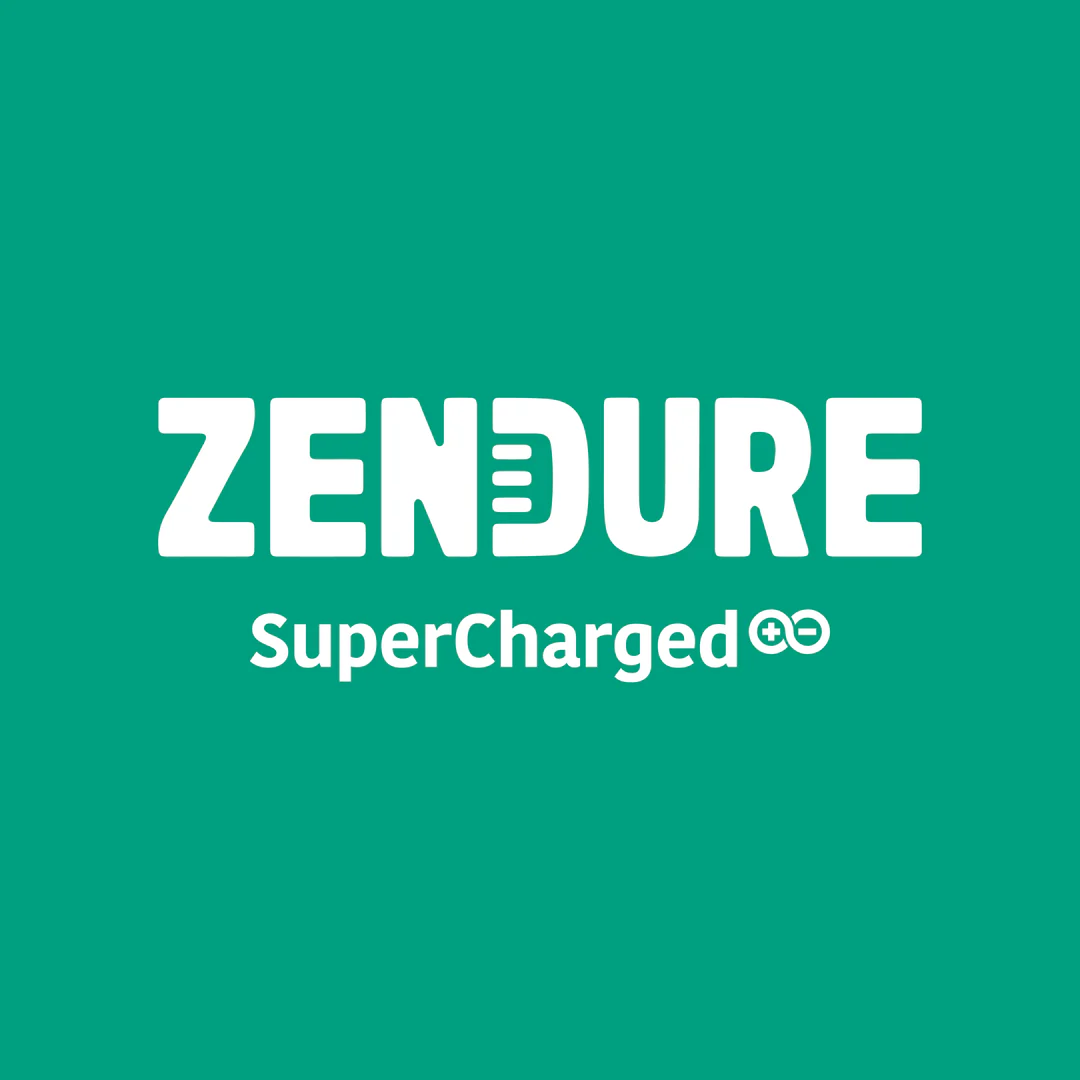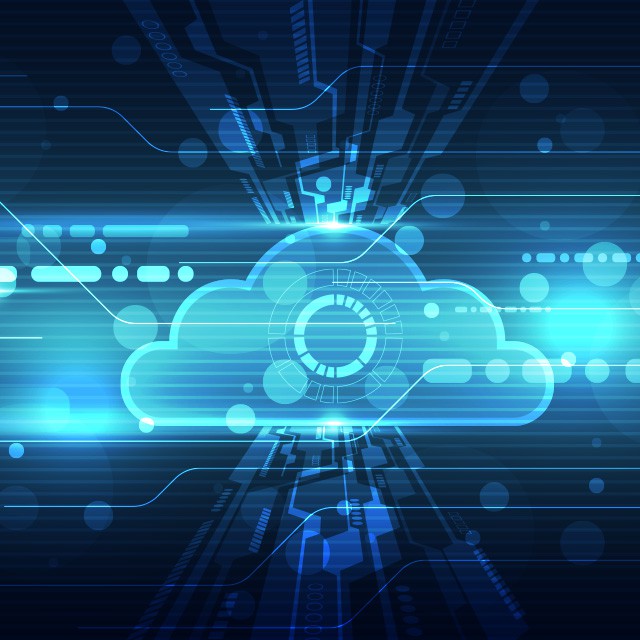Edge Computing vs Cloud Computing: Which one is better?
Overviews
- Introduction: What are edge computing and cloud computing?
- What is edge computing?
- What is cloud computing?
- What are the advantages and disadvantages of edge computing and cloud computing?
- Edge computing vs. cloud computing: Which is best?
- Trends
- Conclusion
- FSP's edge computing solutions recommendations
Introduction: What are edge computing and cloud computing?
Research suggests that over 60% of businesses migrated to the cloud in 2020. Cloud computing has become increasingly commonplace and it’s now a feature of modern-day life, but edge computing is gathering pace. In this guide, we’ll discuss what edge and cloud computing are, outline differences and identify pros and cons to help you find the best computing solution.
What is edge computing?
Edge computing is a concept, which brings data storage and intelligence closer to the individual user. In basic terms, edge computing prioritizes placing the data center close to the user over data traveling from the source to a storage facility or network. It is important to stress that being closer to the user doesn’t always relate to physical distance. The theory is underpinned by identifying and targeting a logical edge, which brings services, intelligence and data closer to users and their equipment or devices. Edge computing utilizes the edge of the network in contrast to cloud computing, which often focuses on the core of the network.
What is cloud computing?
Cloud computing involves using a series of remote servers, which are hosted on the Internet. Cloud services offer an alternative to traditional data centers and local and private servers.
What are the advantages and disadvantages of edge computing and cloud computing?
Both edge computing and cloud computing offer advantages and disadvantages. Here are some pros and cons:
Edge computing
The Pros
- Lower latency: decreased data travel affords lower latency, which is beneficial for applications that need low latency, such as AI features and developments, including autonomous vehicles.
- Reduced spending: edge computing can be a cheaper option than cloud computing.
- High-accuracy models
- High speed
- Increased accessibility: edge computing provides solutions for people who don’t have a reliable Internet connection, creating opportunities for rural communities.
- Enhanced data control: edge computing allows organizations to keep sensitive data within the local network to increase security.
The Cons:
- Infrastructure upgrade costs
- Increased storage requirement
- Higher running costs
Cloud computing
The Pros:
- Lower upfront costs
- Flexible service options
- Simple updates
- Scalability
The Cons:
- Restricted accessibility
- Lower data processing speeds
Edge computing vs. cloud computing: Which is best?
There are advantages and disadvantages of using edge and cloud computing. It is beneficial to consider the pros and cons and how they align with your objectives before deciding which system to use or exploring the possibility of combining the two. Some organizations will benefit from cloud computing, while edge computing will be a better choice for others. Most will benefit from using both.
There are some scenarios in which it’s best to utilize edge computing over cloud computing and vice-versa. Here are some examples of when to use edge and cloud computing solutions:
Cloud computing
Use cloud computing for:
- Data processing without time limitations
- Access when there is a reliable, stable Internet connection
- Dealing with dynamic data
- Cloud storage for large datasets that do not contain sensitive information
Edge computing
Use edge computing for:
- Data processing in real-time
- Access in rural and remote areas
- Large datasets that would be expensive to send to the cloud
- Storage of sensitive data
Trends
The edge computing market is expected to grow at an annual rate of 19% between 2021 and 2026 (source). Over 70% of IT leaders are already using edge computing to benefit clients and this is a trend that is set to grow in the years to come (source). Edge computing is not designed to replace cloud computing, and it often fills gaps or solves problems that businesses or individuals encounter when using the cloud. One option that can bring additional benefits for organizations is adopting both systems and promoting coexistence.
Conclusion
Cloud computing has dominated the headlines for many years, but more and more people are talking about the benefits of edge computing. Both offer pros and cons for different applications and uses and there also are advantages to embracing both models.
FSP's edge computing solutions recommendations
FSP recommends the following edge computing solutions:
If you have any questions, or you’d like more information or advice about our edge computing solutions, don’t hesitate to get in touch.
For more FSP product information, please visit:
Related Articles
-

Das bidirektionale Ladegerät USB Typ-C PD3.1 für Batteriesystemhersteller
-
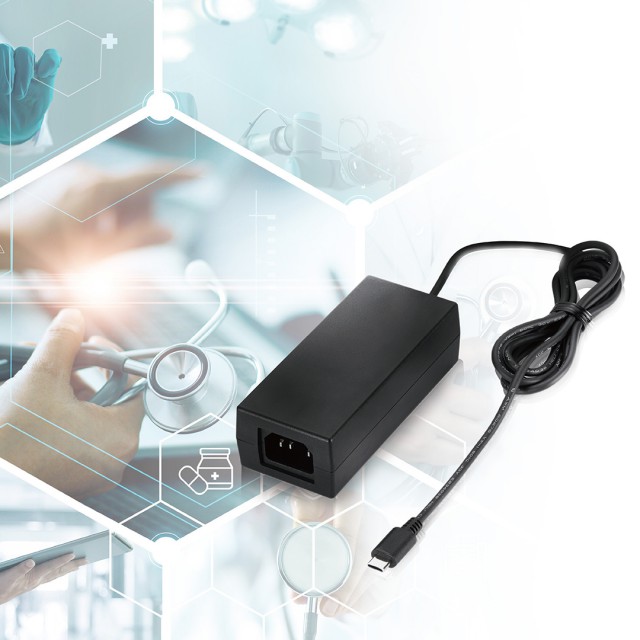
FSP Power Solution GmbH bringt ein innovatives medizinisches 65W USB-PD Ladegerät auf den Markt
-
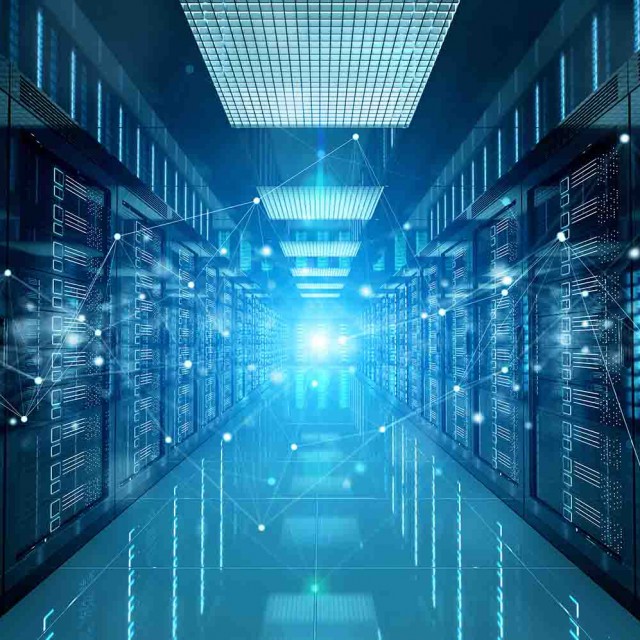
Steigern Sie Leistung und Stabilität mit fortschrittlichen CRPS-Stromversorgungslösungen von FSP
-
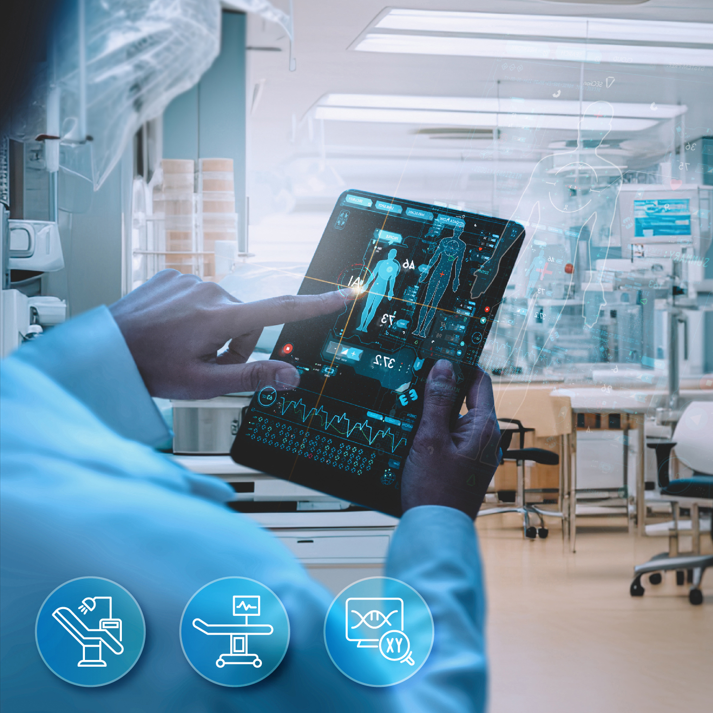
Neue Generation medizinischer Netzteile: FSP600M-70PB und FSP700M-70PB
About FSP
FSP Group is one of the global leading power supply manufacturer. Since 1993, FSP Group has followed the management conception “service, profession, and innovation” to fulfill its responsibilities as a green energy resolution supplier.

